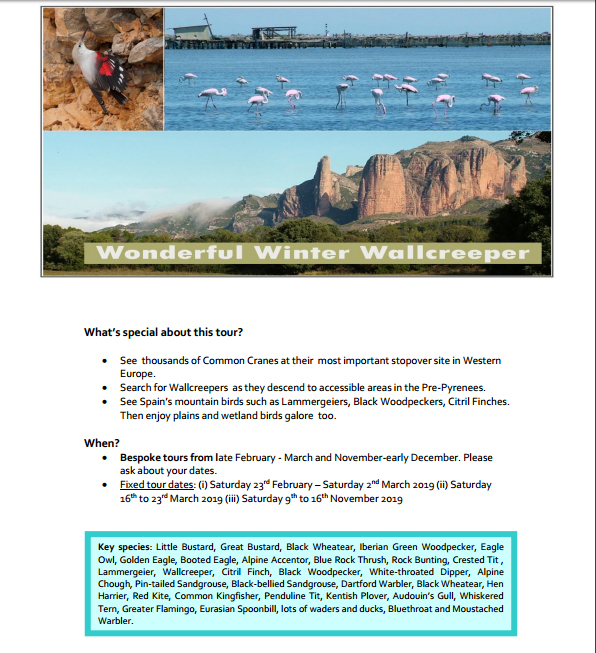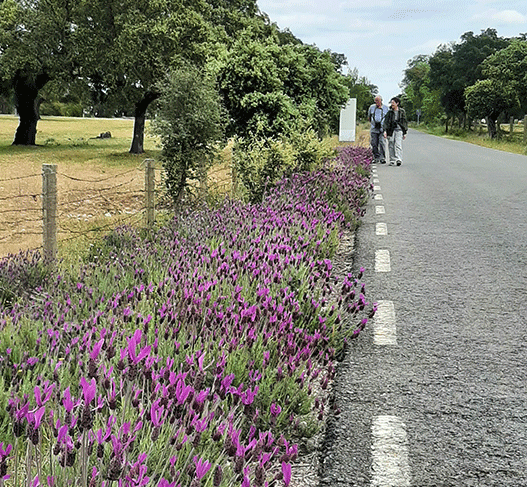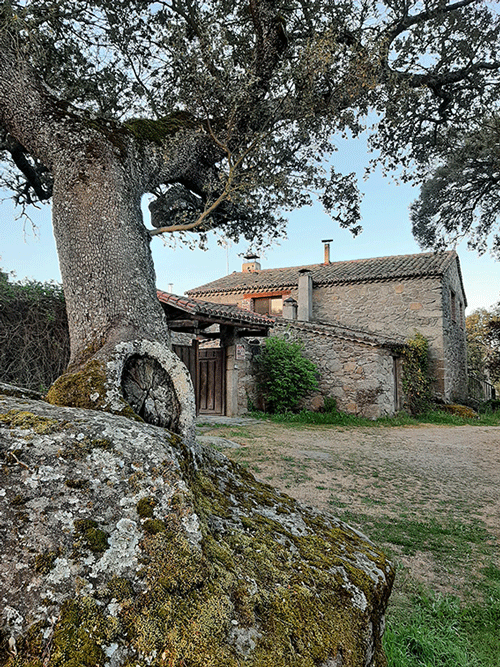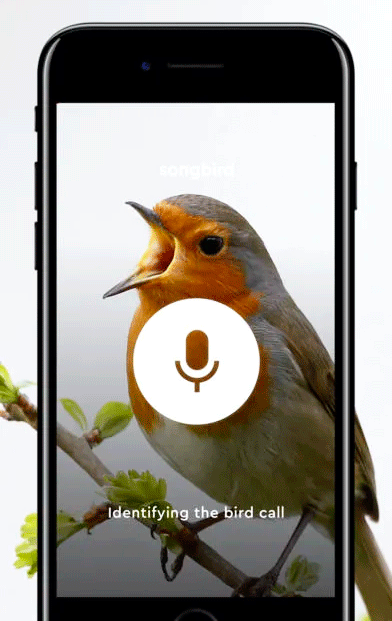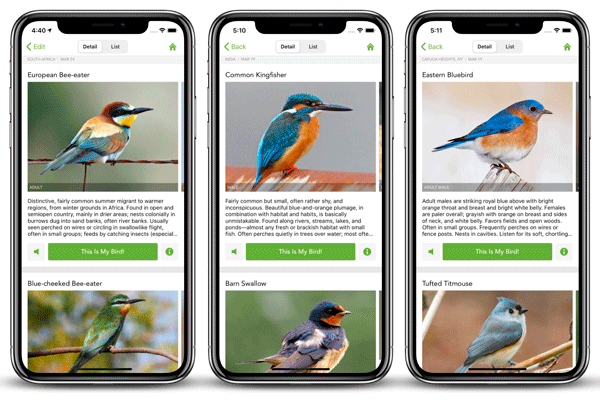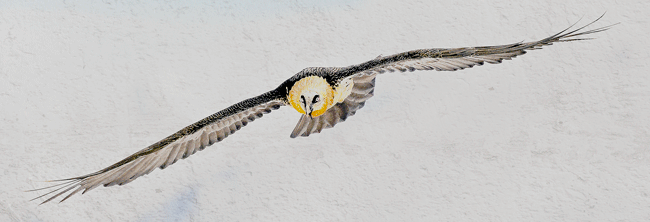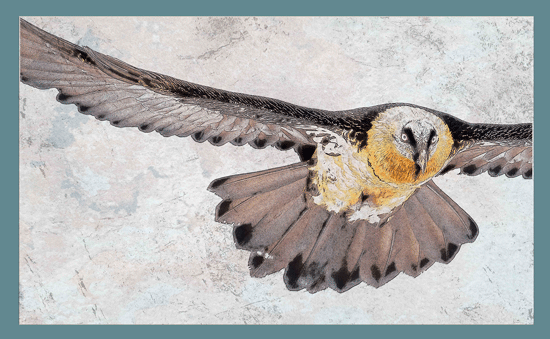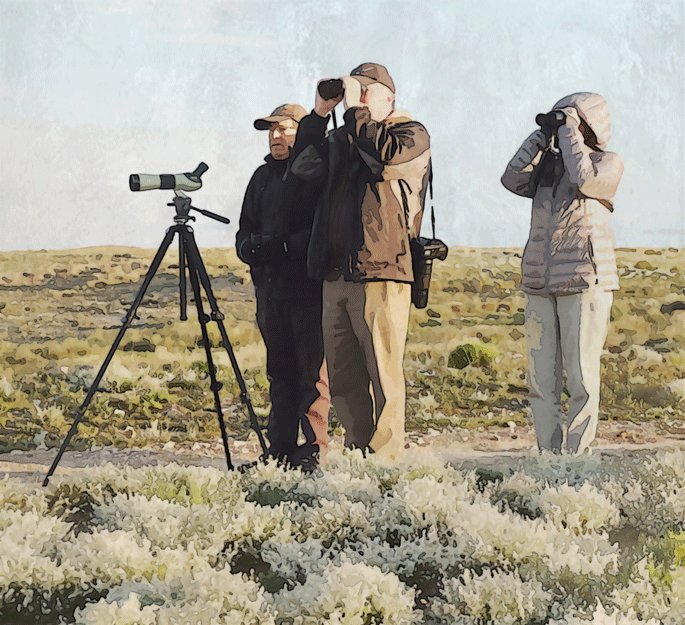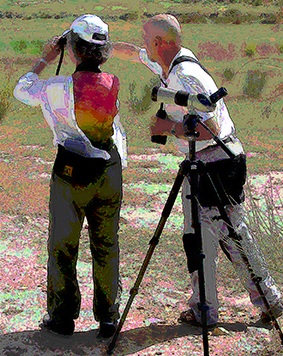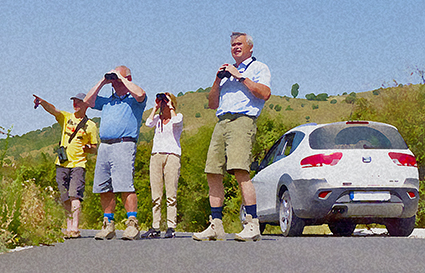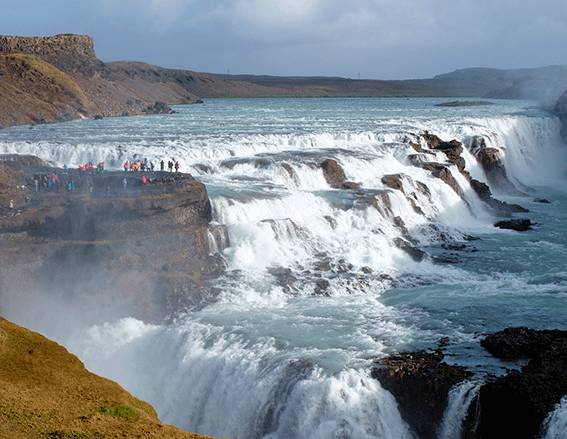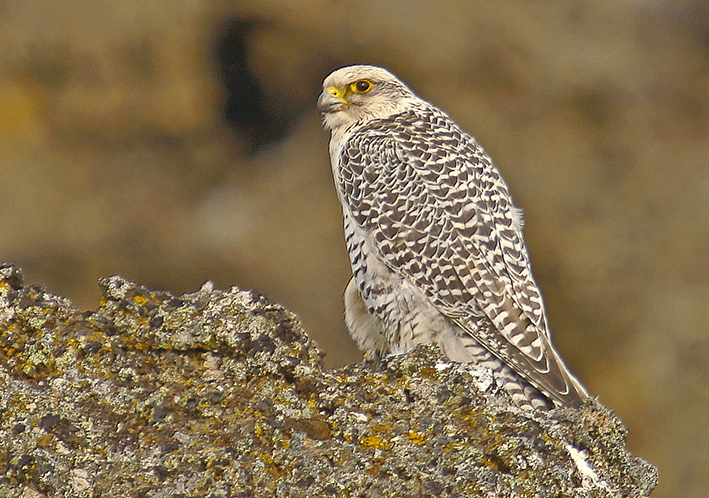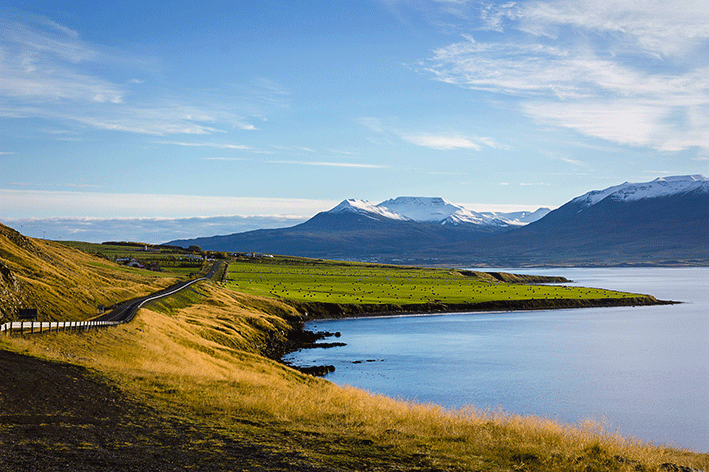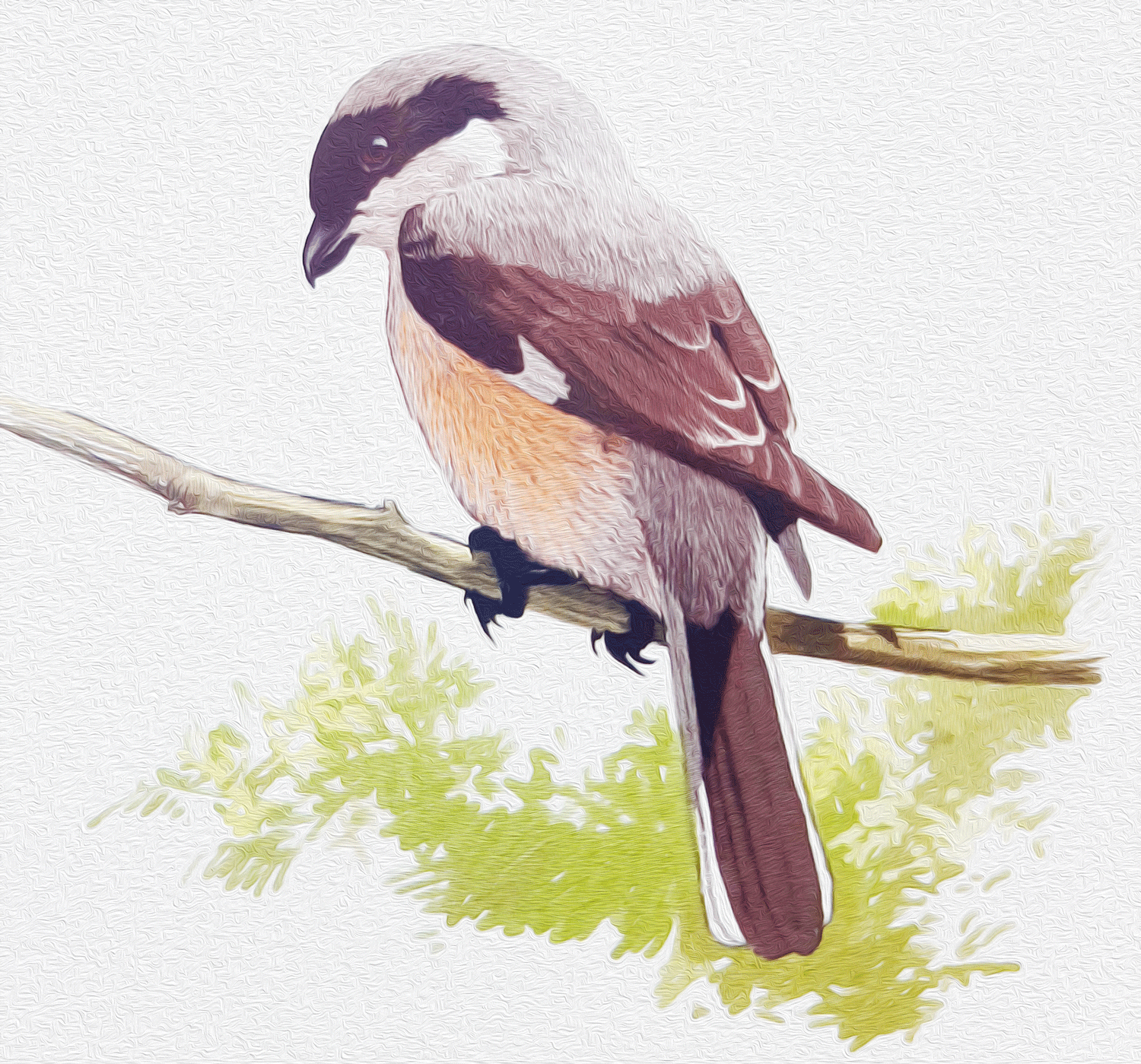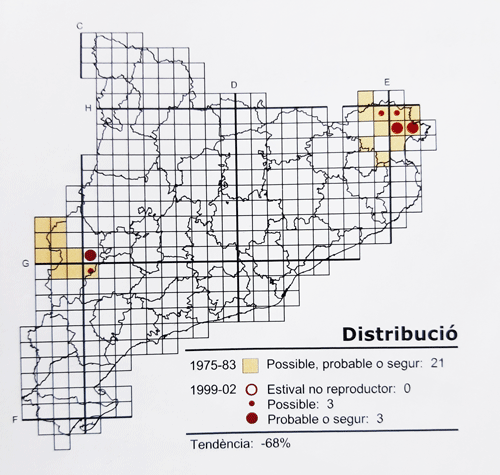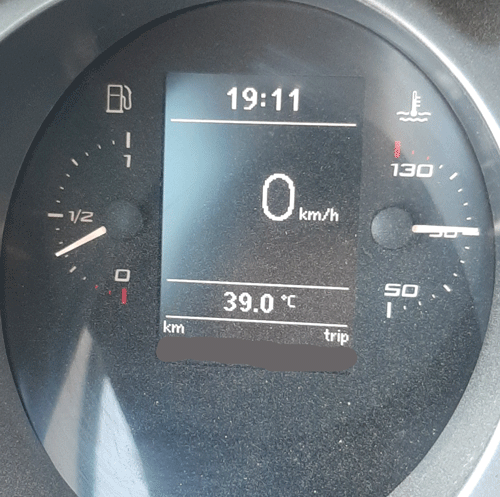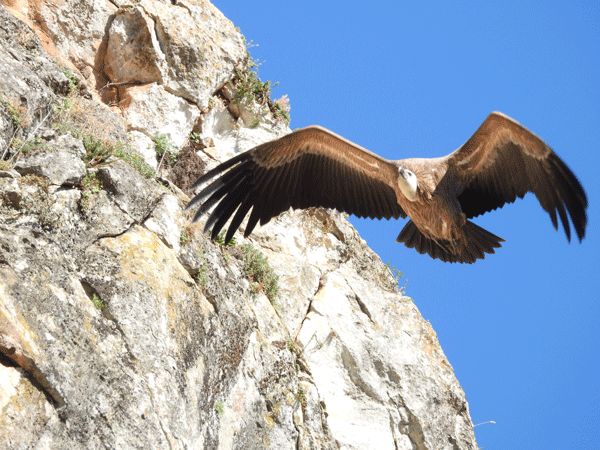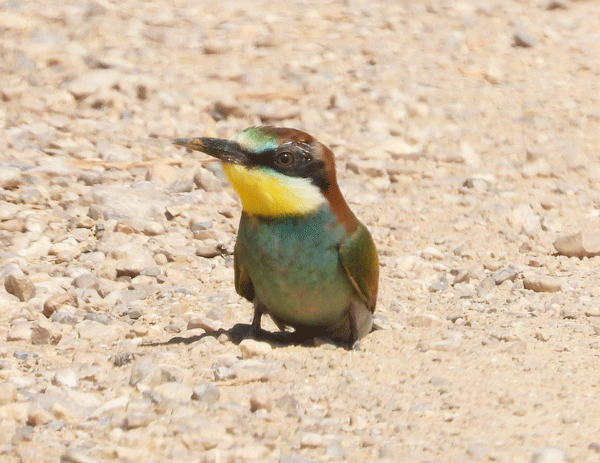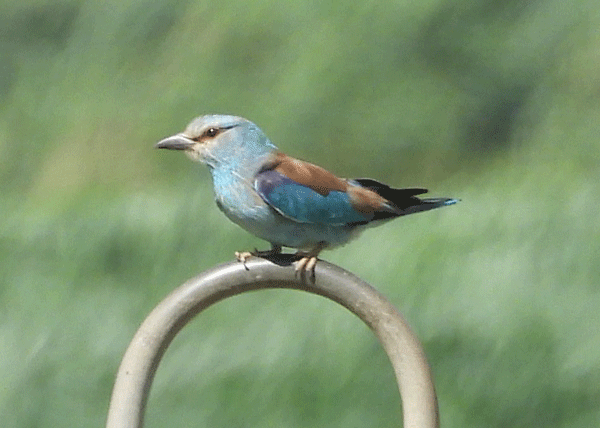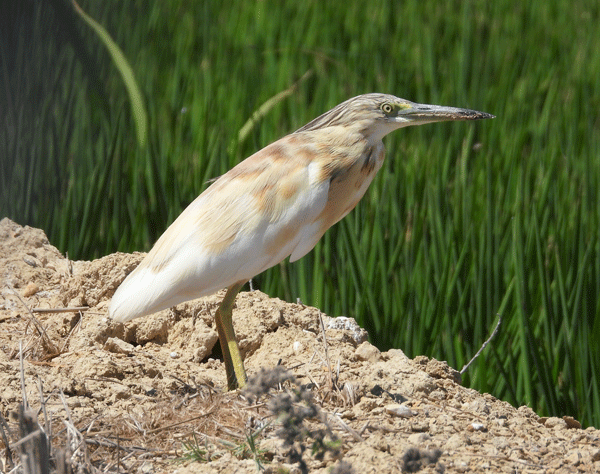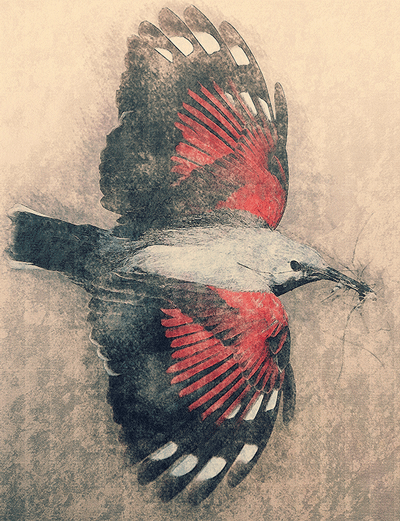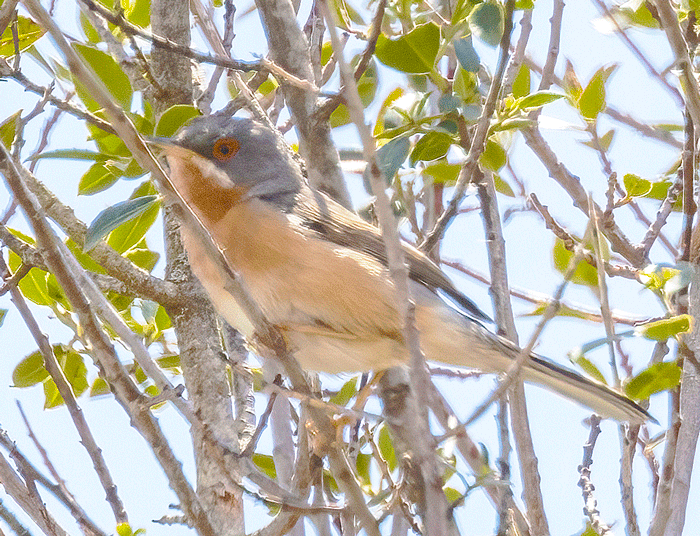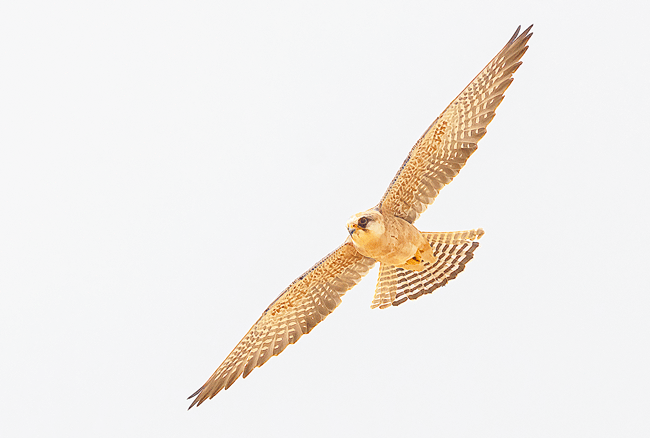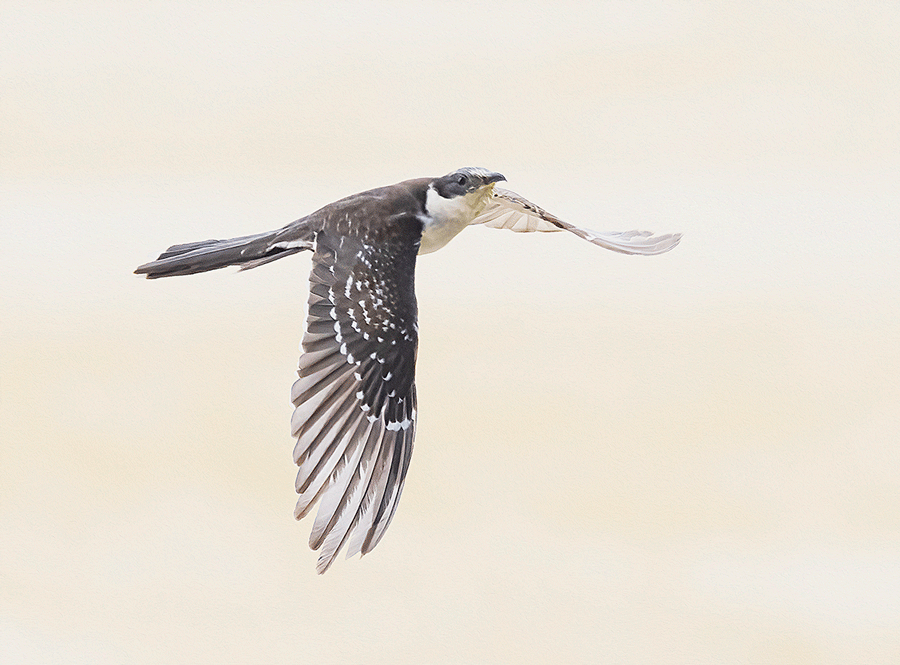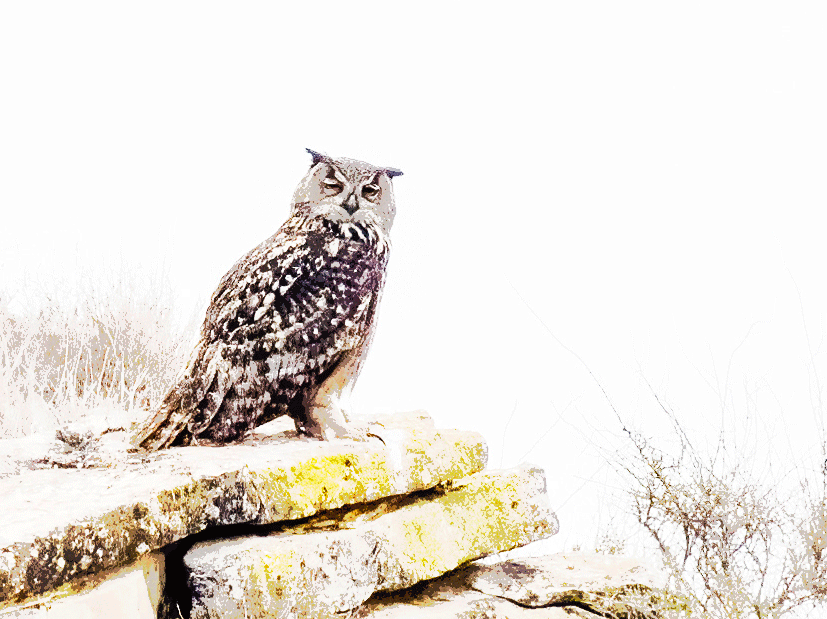Heatherlea Tour Report Catalonia Birds and Butterflies
Mid-May saw myself and fellow tour guide John Muddemann leading a tour for the Scottish company Heatherlea. Spain for birds and butterflies was fully booked with 12 participants, all eager to get to grips with some of the birdlife and Lepidopterae of the Catalan countryside.
Here is not the place to forward too many details of how the tour went, as you can read it here HEATHERLEA TRIP REPORT – Spain, Birds & Butterflies May 2023 (2).
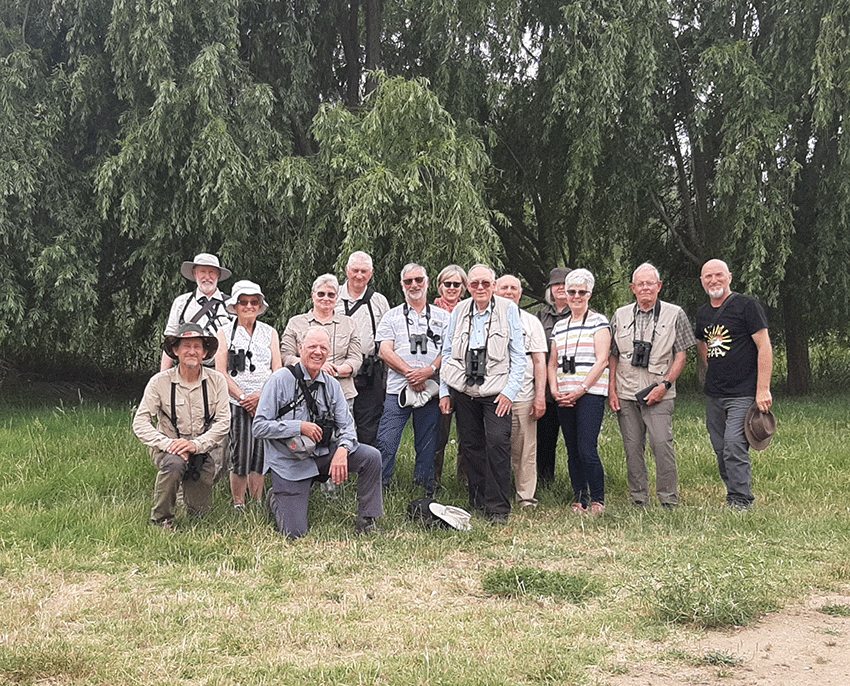
Catalonia birds and butterflies tour group
Suffice to say, we saw a lot of interesting birds at what is probably the best time of year for seeing the maximum variety of birds that Catalonia can offer. Icterine Warbler, Red-footed Falcon, Black Vulture, Bonelli’s Eagle, Lammergeier, Citril Finch, Little Bustard, Great Spotted Cuckoo, Eagle Owl .. and the list goes on. What’s more, we visited wetlands, drylands, high mountains in the Pyrenees, mid-mountain Mediterranean ranges and what we could find in-between!
Butterflies were scarce, firstly because of the cold weather we experienced in the Pyrenees, but mainly because of the ongoing drought that Catalonia, as most of Spain, has been going through for the last two years. Nevertheless, we had a good couple of mornings when the sun shone and the wind fell, which you can see reflected in the report. We all enjoyed the experience and the company, and for me it was a pleasure to work with such a knowledgeable co-leader as John.
Next year we will be leading another tour for Heatherlea – Spain in early Spring – plugging into our in-depth knowledge of northeastern Spain, seeking out Wallcreepers, Lammergeiers and a whole lot of birds that can be seen in March. Click on the link below to check it out.
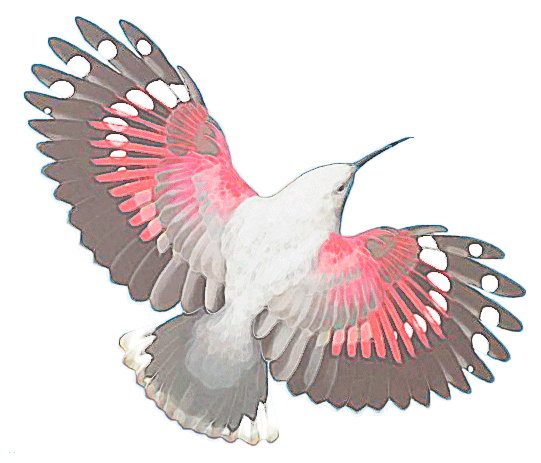
Wallcreeper in flight
https://www.heatherlea.co.uk/birdwatching-holidays-new-spain-in-early-spring
